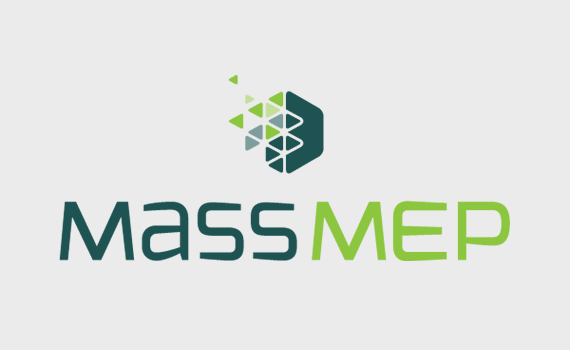
- This event has passed.
Basic Geometric Dimensioning & Tolerancing
03/29/2023 @ 9:00 am - 12:30 pm

Geometric Dimensioning and Tolerancing is the universally accepted method of communicating dimensioning requirements on engineering drawings. This workshop will help you understand and use this universal engineering language to communicate the types and amounts of the inevitable variation that parts are allowed to have, per the drawing.
Course Description & Outline
Intended for practicing professionals who create drawing specifications or read drawings, this course helps students make sense of a topic that some find overwhelming. In a safe learning environment, the key principles are explained and brought down to the real world. More than simply memorizing symbols, students leave this course with a working understanding of how the system works and feel confident fully understanding drawing requirements and creating their own tolerancing schemes for parts. This course provides lots of practical hands on exercises to drive home the concepts and encourage questions and effective discussions. The exercises go beyond the theory to show how tolerancing works on real working parts.
- Fundamentals of GD&T: Types of variation and how they’re controlled. Features of size and surfaces. Rule #1. Definitions of maximum material condition (MMC) and least material condition (LMC) and how they are used to determine bonus tolerance.
- Tolerances of Form: Controls of flatness, straightness, circularity and cylindricity. Examples on how they are specified, their meaning and principles of verification. Straightness and flatness controls applied to features of size and surfaces.
- Concept of Datums and the Datum Reference Frame: The common point of reference for the part definition from design through manufacturing and inspection. How imperfect parts are measured according to the design intent.
- Tolerances of Orientation: Controls of parallelism, perpendicularity, and angularity applied to surfaces and features of size. Examples on their use and meaning as well as verification principles.
- Tolerances of Location: Controls of position, comparison and conversion from conventional tolerancing. Applications and examples of position used for various features. Composite position tolerances. The classic examples of floating and fixed fasteners will be cited to demonstrate tolerancing for position to avoid interference problems of fit. Projected tolerance zone. Concentricity and symmetry interpretation and application.
- Tolerances of Profile: Controls of profile of a line and profile of a surface. Equally disposed and unequally disposed profile tolerances. Profile tolerances applied to multiple surfaces. Examples of various simple and complex surfaces.
- Tolerances of Runout: Controls of circular runout and total runout.
Learning Outcomes
- Name the four types of variation that exist on parts, recognize the limitations of numeric tolerances and understand the need for geometric tolerances.
- Analyze tolerances expressed numerically and calculate minimum and maximum allowable values for dimensions.
- Understand and apply the symbols used with the geometric system of tolerances.
- Recognize basic dimensions on prints and understand their meaning.
- Identify and properly read feature control frames.
- Recognize when bonus tolerance is available and calculate geometric tolerance values when bonus tolerance applies.
- Create specifications using bonus tolerance where applicable
- Recognize datum feature identifiers applied to features with size and surfaces.
- Identify the datum reference frame including order of precedence.
- Recognize when datum shift is used and calculate the amount of shift.
- Identify and interpret geometric controls on location, orientation, form, profile & runout.
- Construct illustrations of tolerance zones defined by geometric controls, including 3D and 2D tolerance zones,and those allowed to move.
- Properly evaluate inspection data in light of tolerance zones defined by geometric controls.
Who Should Attend
CAD draftspersons, tool designers, technical inspectors, mechanical engineering, technicians, machine shop and tool room supervisors. Design, manufacturing, and project engineers, quality control personnel, engineering managers and supervisors will also find this workshop beneficial.
For More Information on the Certificate Click Here
Register HereDetails
- Date:
- 03/29/2023
- Time:
-
9:00 am - 12:30 pm
- Event Tags:
- Additive, Automation, Cybersecurity, Industry 4.0, Innovation, Internet of Things, roadmap, Robots, smart manufacturing
Venue
- WPI/virtual
- MA United States




